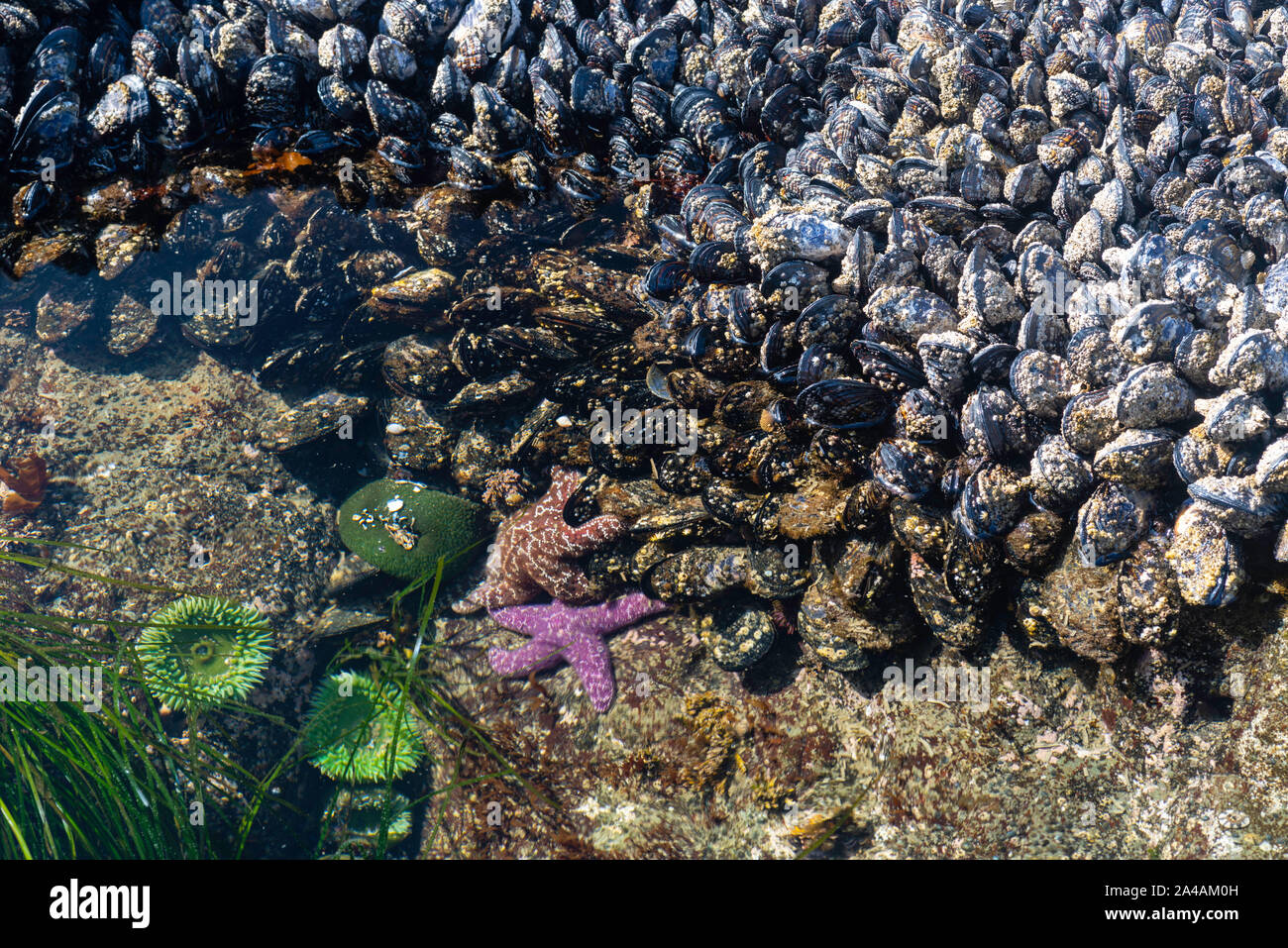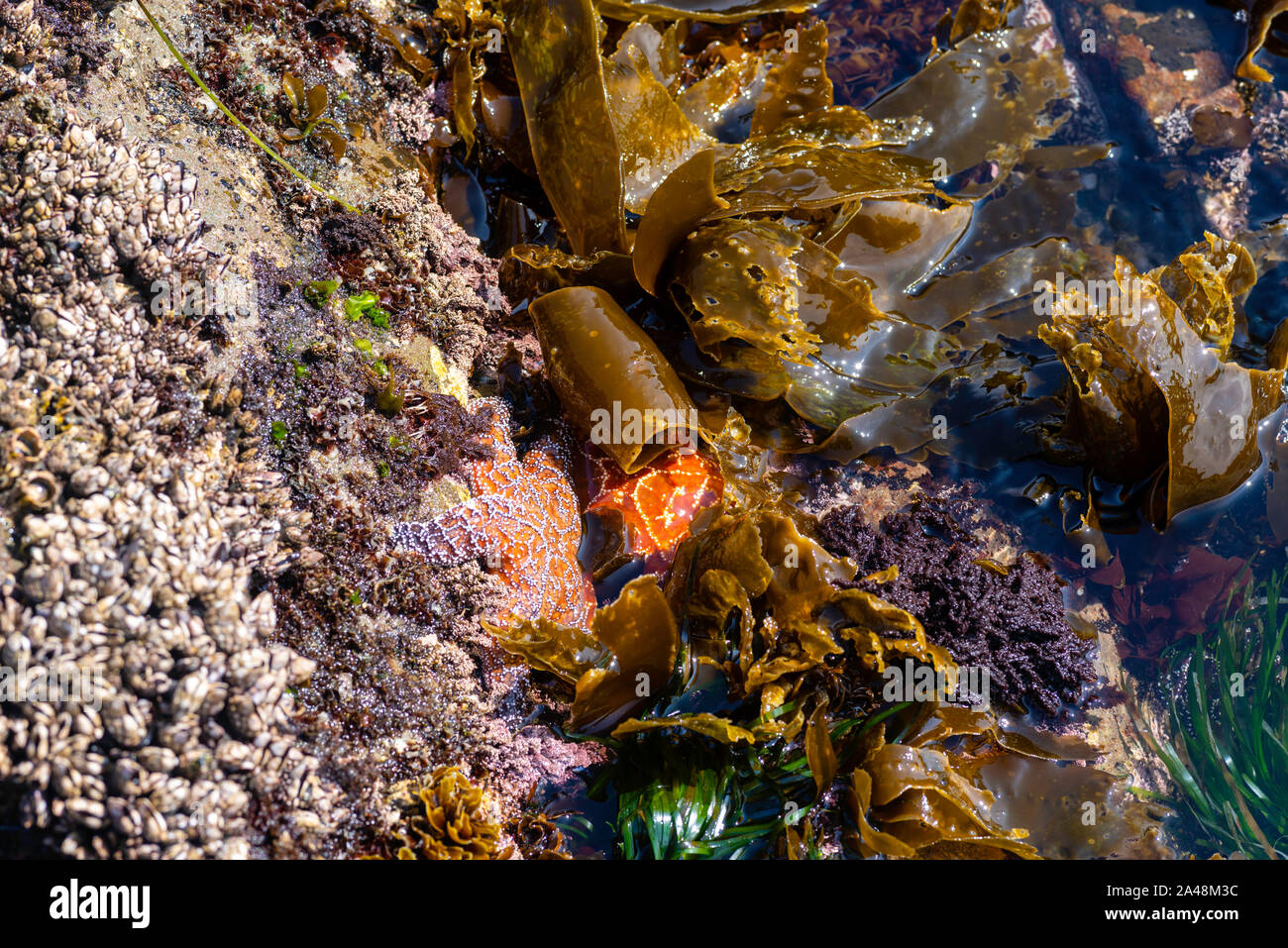

Their foot is able to hold them to the rocky surface during tidal changes and wave action. Most chitons are algae eaters, and make their way across the rocky surface using their tongue-like radula, with 17 sharp teeth containing magnetite to scrape the algae from the rock. Chitons are marine molluscs, some with eight overlapping plates making up a dorsal “shell” protecting the soft-bodied animal underneath. If you look closely at a rocky surface in the intertidal zone, you might see an oblong shape flattened into the rock. There are many local guides and rental companies!įeiro Marine Life Center is also a stop on the Whale Trail which provides interpretive signage for sighting marine mammals from popular shore-based destinations. Another way to enjoy the diverse marine life in the region is by getting out on or into the water through kayaking, stand up paddle boarding (SUP) or diving.

If you can’t make the low tide times, or you aren’t able to venture out on rocky unstable ground, Feiro provides a way to easily enjoy the marine life of the Olympic Peninsula.

#TIDAL POOLS OLYMPIC NATIONAL PARK HOW TO#
How to tidepoolĭon’t forget to use good tidepool manners– although these creatures have developed adaptations that help keep them safe from non-human predators, you are much larger than they are and can easily damage or destroy intertidal life. Following the tide as it goes out is a safe way to be sure you are finished with your explorations and to see marine creatures as they become uncovered by the water, before they have found good hiding places for the next several hours. When to tidepoolīefore you visit a local beach or park, check the tide chart and try be there at least an hour before the low tide time. On the Pacific coast, check out the intersection of Olympic National Park and the NOAA Olympic Coast National Marine Sanctuary, and including the coastal treaty Indian tribes of the Hoh, Makah, and Quileute, and the Quinault Indian Nation. Local staff favorites are Freshwater Bay(public tidelands only on the left side out to Bachelor Rock), Crescent Beach at the Salt Creek Recreation Area (a marine reserve) and Clallam Bay. The intertidal marine life of the Olympic Peninsula is diverse and can be seen most easily “in the wild” along rocky shorelines at minus tides during daylight hours.


 0 kommentar(er)
0 kommentar(er)
